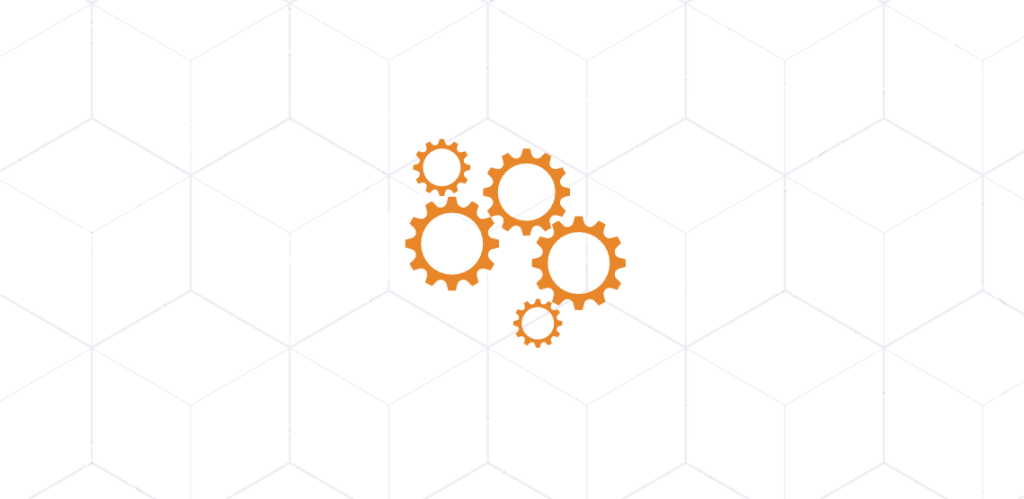
Legacy System Modernization for a Manufacturing Company
From Obsolete ERP to Scalable, AI-Tested Architecture
A mid-sized industrial manufacturing company with over 25 years in the business approached DataPro with a pressing challenge: their core Enterprise Resource Planning (ERP) system had become a bottleneck to growth. Originally implemented in the early 2000s, the system was deeply embedded in daily operations managing everything from procurement and inventory to production and logistics. However, it was rigid, increasingly unreliable, and incompatible with modern digital infrastructure.
The client needed to modernize but they couldn’t afford prolonged downtime or risk disrupting operations that were tightly aligned with production schedules, supplier deliveries, and real-time reporting requirements. What they needed was not just a new system, but a strategic transformation, one that preserved their operational logic, minimized disruption, and unlocked future scalability.
The Challenge
The legacy ERP system was suffering from:
- Limited integration capabilities: The monolithic structure made it nearly impossible to connect with modern APIs or third-party systems.
- Manual inefficiencies: Employees relied on workarounds and spreadsheets to bridge gaps between systems.
- Performance degradation: As data volumes grew, system performance slowed significantly, impacting production planning and procurement timelines.
- No real-time visibility: The system offered limited reporting, and data syncs occurred overnight, which meant decisions were made on outdated information.
- High maintenance overhead: Even minor updates required long development cycles and external vendor support.
The client’s leadership understood the risks of stagnation but they also feared the complexity of ERP migration. That’s where DataPro came in.
DataPro’s Approach: Full-Lifecycle Modernization
We approached the project as a full lifecycle engagement, from early-stage discovery and architecture redesign to development, QA, deployment, and post-launch support. Our strategy focused on four key pillars:
1. Comprehensive Discovery & Architectural Redesign
The first step was understanding the depth and structure of the existing system. Our engineers conducted a detailed audit of:
- Data models and workflows
- Business-critical modules (e.g., BOM management, inventory control, vendor coordination)
- User roles and operational dependencies
Rather than recommending a full rip-and-replace, an approach that would have posed major operational risks, we proposed an API-first modernization strategy. This allowed the legacy system to continue functioning while we built modern services around it, enabling a phased, risk-mitigated transition.
We then designed a new, cloud-native architecture using microservices for core functionalities and a scalable database solution for real-time access.
2. Phased Migration Strategy
Migration was broken into strategic phases, beginning with non-critical modules like reporting and document management. Each module was:
- Rebuilt with modern frameworks and RESTful APIs
- Tested in parallel environments
- Integrated into the production pipeline only after validation
This phased approach allowed legacy and new systems to coexist temporarily, ensuring operational continuity and giving teams time to adapt.
We also set up real-time data pipelines to ensure synchronization between the old and new systems, removing the dependency on overnight data batching.
3. AI-Powered Testing and Quality Assurance
One of the biggest risks in legacy modernization is breaking existing functionality that business users rely on. We mitigated this through AI-driven testing at every stage:
- Self-healing test scripts automatically adjusted to changes in UI and backend structure, reducing QA maintenance.
- AI-generated test scenarios simulated edge cases and workflows based on user behavior and historical defect patterns.
- Predictive QA models identified high-risk areas in the codebase before they became bottlenecks.
- Performance testing using AI models simulated peak production loads ensuring the system could handle real-world pressure before going live.
By integrating AI into our QA process, we were able to test faster, more thoroughly, and with higher accuracy than traditional methods.
4. User Enablement and Support
A modern system is only effective if it’s adopted. We ensured user success by:
- Delivering detailed training sessions tailored to different user groups
- Creating intuitive, role-based dashboards with improved UX
- Providing on-site and remote support during the cutover period
Offering a transition guide that helped teams move from legacy workflows to modern interfaces
The Results
In less than 9 months, the client successfully transitioned from a stagnant ERP system to a dynamic, API-integrated platform ready for the future. The benefits were both immediate and long-lasting:
- ✅ 45% improvement in system response times
- ✅ 99.9% uptime maintained during migration
- ✅ 60% reduction in manual data entry errors
- ✅ Real-time visibility into production, inventory, and supplier pipelines
- ✅ Future-ready architecture supporting IoT and AI analytics integrations
The system is now compatible with tools like Power BI for analytics and has been integrated with IoT sensors on the production floor to automatically track equipment performance and maintenance needs.
Why It Matters
This use case illustrates more than just a technical upgrade, it demonstrates what’s possible when modernization is approached with strategy, empathy, and innovation.
Rather than discarding years of investment in legacy systems, DataPro enabled the client to preserve their institutional knowledge, unlock agility, and future-proof their operations.
The success of this project highlights DataPro’s core strength: delivering end-to-end software development and transformation services that are practical, scalable, and deeply aligned with business goals.
Final Thoughts
In today’s manufacturing landscape, legacy systems can either be an anchor or a launchpad. At DataPro, we help businesses make that shift from legacy constraints to modern performance.
If your systems are holding you back, let’s talk about how we can help you modernize without losing what makes your business unique.
Innovate With Custom AI Solution
- 12 Courtyard Pl,
Lexington, MA 02420 - (617)319-0174
- corp@dataprocorp.tech
